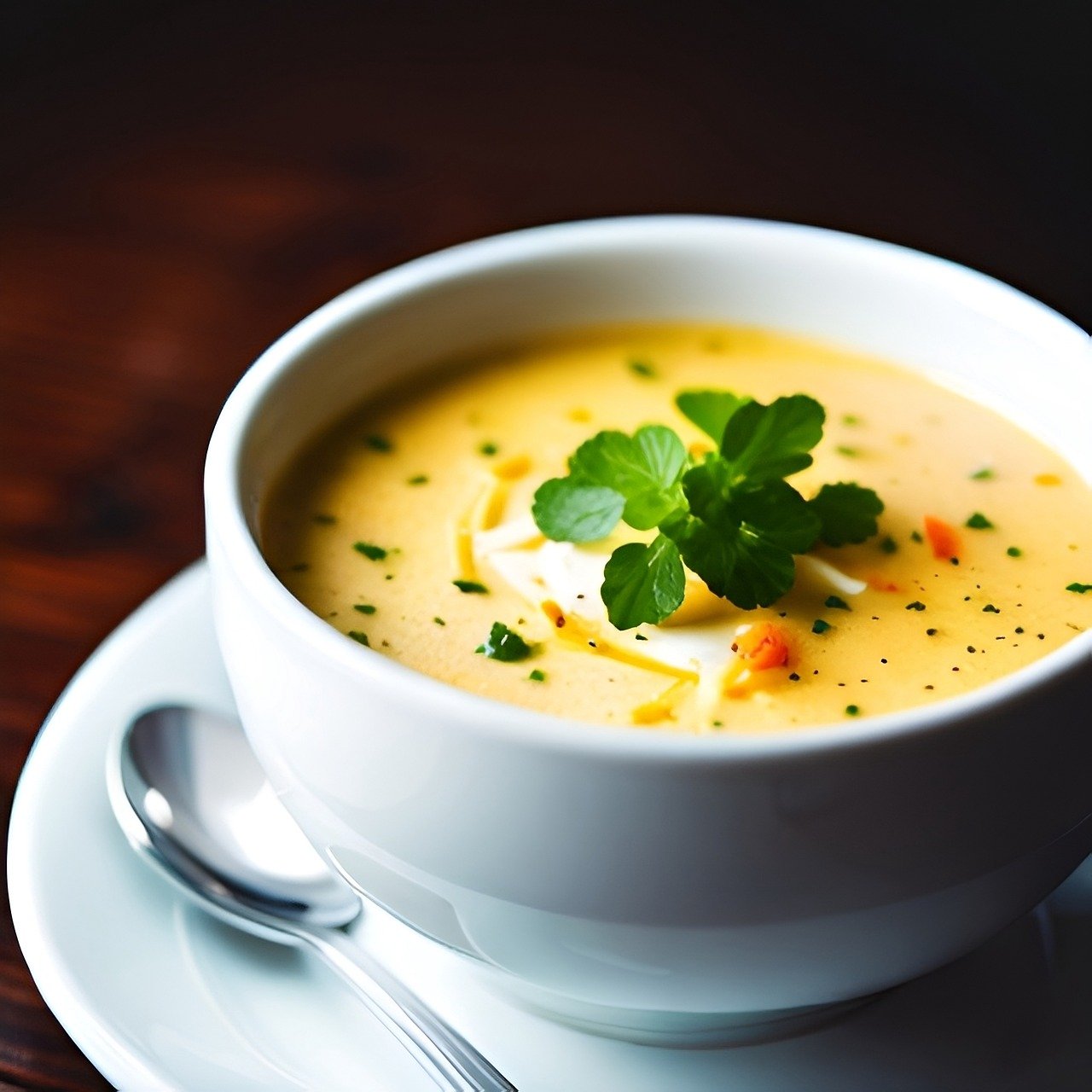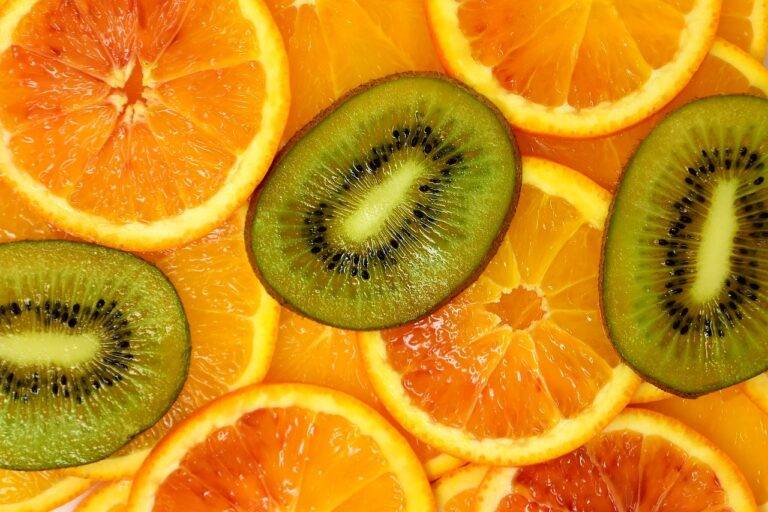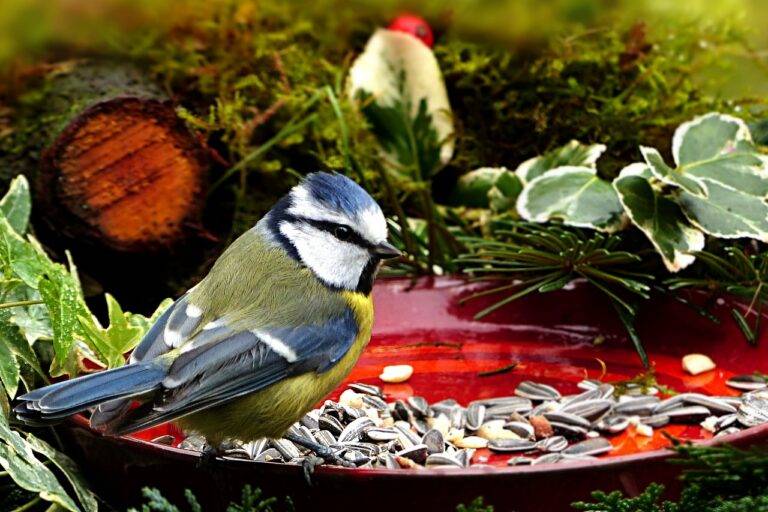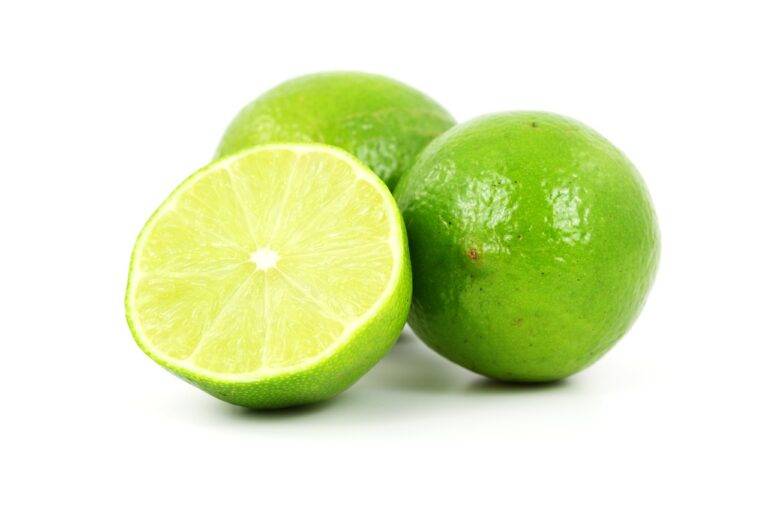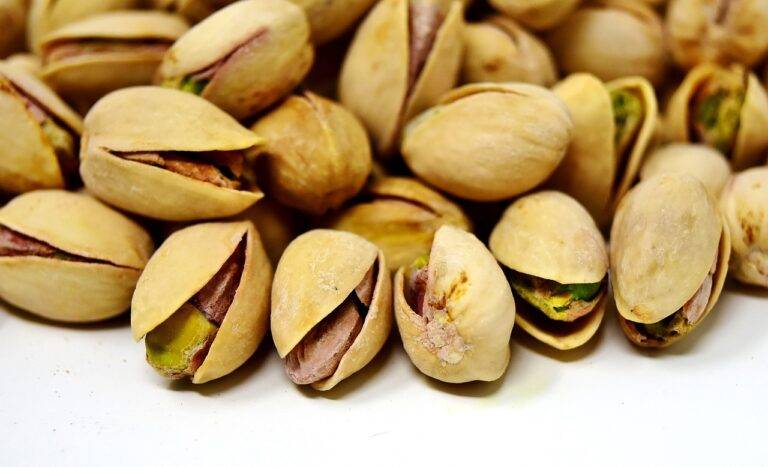The Future of 3D Printed Food: From Sci-Fi to Reality
Advancements in 3D printing technology are revolutionizing the culinary industry by offering endless possibilities for creativity and innovation. Chefs can now create intricate edible designs and decorations with precision and consistency that were once impossible to achieve by hand. From personalized chocolates to bespoke cake toppers, 3D printing allows for the customization of culinary creations like never before.
Moreover, the use of 3D printers in professional kitchens streamlines the food production process, enabling chefs to experiment with new flavors and textures efficiently. With this technology, it is now possible to develop intricate molds and intricate patterns that can enhance the presentation of dishes, appealing to both the eyes and the taste buds of diners. By incorporating 3D printing into their workflow, culinary professionals can elevate their culinary creations to new heights of artistry and innovation.
Advancements in 3D Printing Technology for Food
3D printing technology has revolutionized various industries, and the culinary world is no exception. The use of 3D printing in food production has opened up a whole new realm of possibilities, allowing chefs and food scientists to create intricate designs and unique textures that were previously impossible to achieve using traditional methods.
One of the key advantages of 3D printing technology in the culinary industry is its ability to customize food creations according to individual preferences and dietary requirements. This level of personalization can cater to specific dietary needs, allergies, or even cultural preferences, providing an innovative way to cater to a diverse range of consumers. Additionally, the precision and accuracy of 3D printing allow for the creation of visually stunning dishes that not only taste delicious but also look like works of art on the plate.
What are some potential applications of 3D printing technology in the culinary industry?
Some potential applications include creating customized food designs, intricate decorations for pastries, and even personalized nutrition options.
How has 3D printing technology for food advanced in recent years?
Advances in technology have led to improvements in printing speed, accuracy, and the range of ingredients that can be used for printing food.
Can 3D printed food be as nutritious as traditionally prepared food?
Yes, with the ability to customize the ingredients and nutritional content, 3D printed food can be just as nutritious as traditionally prepared food.
Are there any limitations to 3D printing technology for food?
Some limitations include the cost of the equipment, the complexity of creating intricate designs, and the need for further research on the safety and long-term effects of consuming 3D printed food.
Will 3D printing technology revolutionize the culinary industry?
While 3D printing technology has the potential to greatly impact the culinary industry, it is still in the early stages of development and adoption. Only time will tell how much of an impact it will have on the industry.

